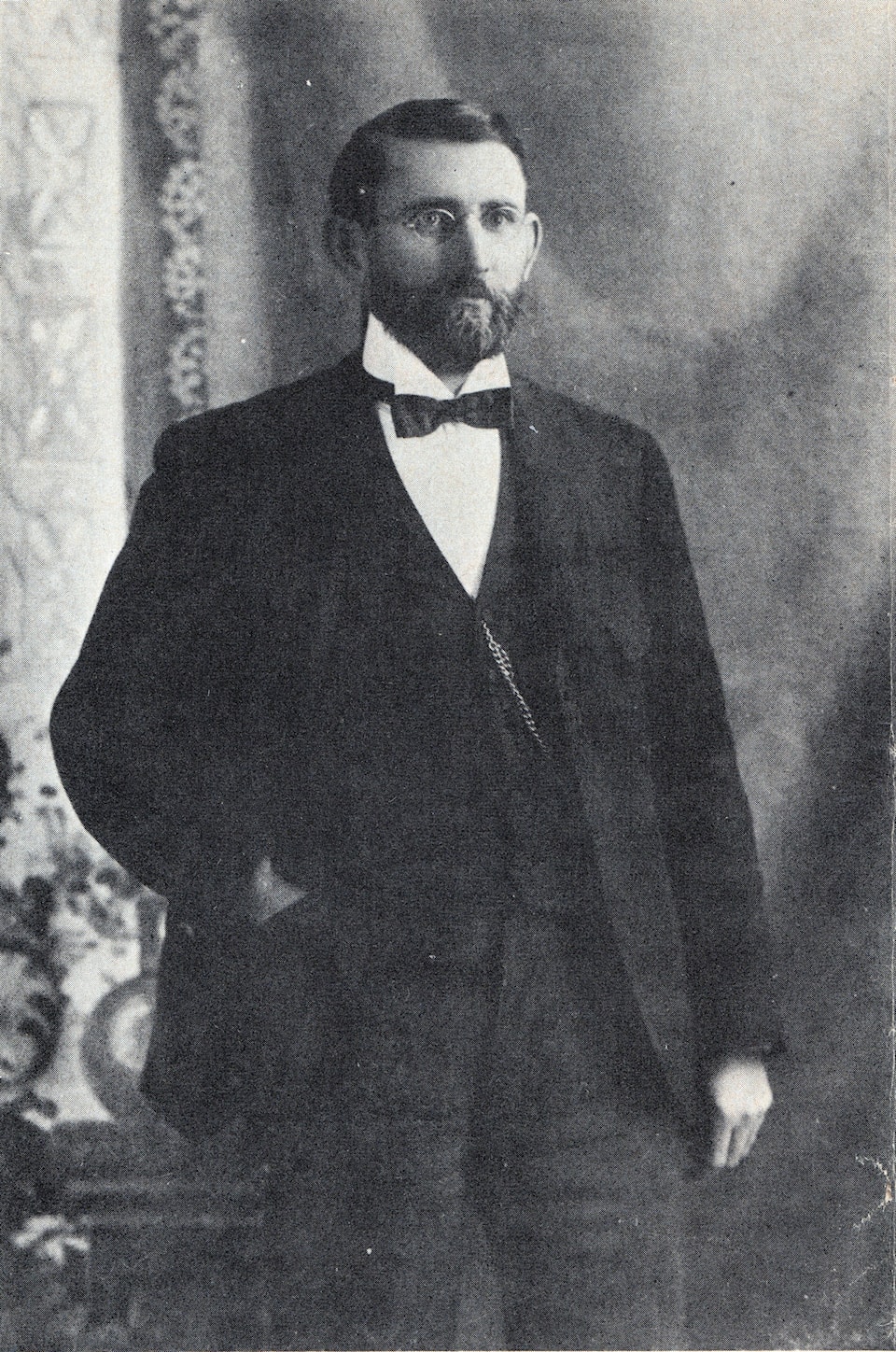Angus Schroff
Special to the Arrow Lakes News
“Colonel” Robert Thornton Lowery was an interesting man. The intrigue begins with the nickname: he was never an actual colonel, but he was given the nickname — either by someone else or himself — and everyone called him by it. How does a man standing little over five feet, who was never in the military, assume the title of “colonel?” By the same traits that made his newspapers a memorable piece of Canadian history: wit, personality, and a refusal to let anything he disagreed with stand without at least a few choice words thrown in its direction. Join us as we take you through an abridged history of Mr. Lowery and his many publications, one of which, for an unfortunately brief time, claimed Nakusp as its home.
Born in Ontario, Lowery followed the tracks of the railroad across BC to the booming city of Vancouver in the late 1880s. He and the city didn’t get along, though, writing that he found the city “too big and noisy, so I went away from there.” After Vancouver, he headed to the Kootenay region, in the heat of its mining boom period. This was where he was to gain his fame, if perhaps not his fortune. As towns sprung up around the success of their mines, so too would they often die once the mine stopped giving or the price of the metal fell. And when times get tough, the first things people stop buying are luxuries — which is what a paper was considered at that time!
His first paper in this tumultuous region was the Kaslo Claim, established in 1893. As fate would have it, the price of silver crashed, and the paper was put to rest a scant three months afterwards. His sense of humour in a tough time can be seen quite clearly in the famous final issue, which was announced by a gigantic tombstone on the front page. Inside the paper, ads of companies who didn’t pay on time were left sideways or upside-down, and he left the following (abridged) obituary:
“The Claim goes up the shaft today and will be deposited in the journalistic boneyard with the amount of regret customary on such occasions. … The play is over, the flag is hauled down, the Kaslo Claim is dead, extremely dead.”
Through the years he trundled through towns, setting up shop and having to close it with clockwork regularity. His stay in Nakusp, for example, spanned a single year. And yet he persisted, holding up his ideals without fail. Some have aged well, such as his opposition to political corruption and his advocacy for the safety of miners:
“Miners may be plentiful, and some capitalists may think that their lives cut but a small figure, but we think different. We want every one of them to have a chance to die in bed …”
Others are cast in an unfortunate light, as with his vocal hatred of Chinese-Canadians. Typical of the time, of course, but certainly distasteful. His anger about the jobs they took would have been more properly aimed at the lack of labour laws and those willing to exploit the immigrants for extremely cheap labour, rather than the immigrants themselves, who suffered greatly.
For the most part, though, he championed the common folk, and laid down jabs at local government whenever he deemed it to be less than satisfactory. He was certainly no stranger to controversy, as his weekly paper was boycotted by the mayor of Fernie, and his monthly publications were prohibited from being mailed across the country not once, but twice!
Robert Thornton Lowery passed away on May 20, 1921, a year after retiring from journalism. He was buried in Nelson, and hundreds of old-timers gathered to pay their respects to the man who offended and defended in equal measure. Much like the times he lived in, he was brash, determined, and most of all, memorable. A toast, then, to “The Colonel of the Kootenays.”
